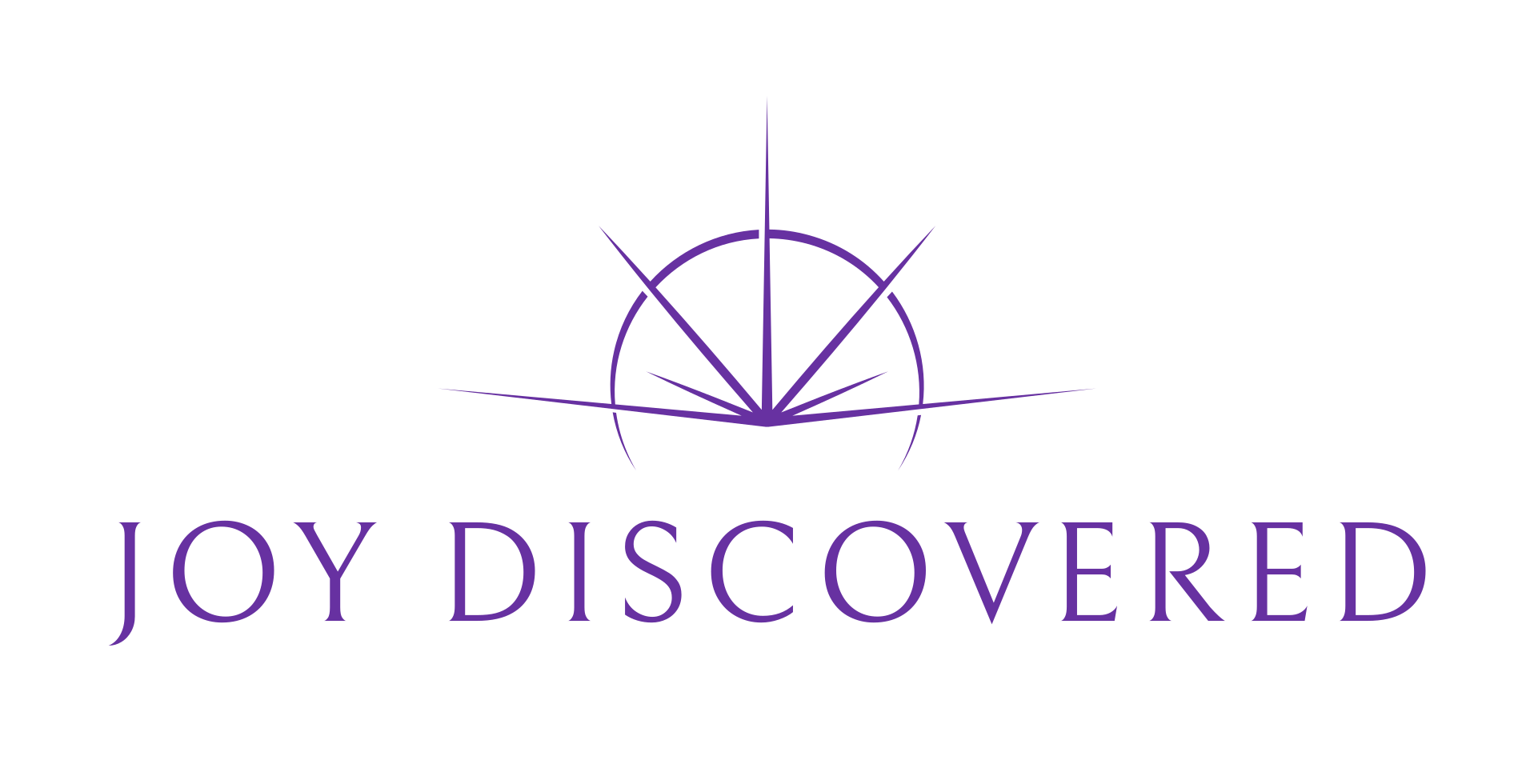How To Understand Your Emotions (And Why You Need To)

Last week I wrote to you about the necessity of developing a healthier relationship to your feelings in order to have emotional intelligence and high performance in your life.
In order to do this, we need to understand that all feelings are neutral. They are not good or bad; they just are. They are part of the human experience. Sure, we often label feelings like joy, happiness, love, and gratitude as “good” feelings. And feelings like anger and shame and sadness and fear as “bad” feelings. But these are just labels we’ve given to something neutral.
All feelings are necessary because they are messengers. When we feel lonely, it’s a message to stop scrolling on social media and call a friend or plan an in-person get-together. When we feel jealous, we are getting a message that there is something more or different we want in our lives and should pursue. (I was always jealous of authors that published their first book. Clearly, this was something I wanted for myself!)
If we feel guilt, it’s a message that we need to make a change. If we feel resentment, it’s often a message that a boundary needs to be established or upheld. If we are angry, then we know we’ve found something we want to take a stand against. All major changes in our cultural institutions started from someone being angry and then moving into action to make a change.
When we feel love or joy, it’s a message that we should do more of what caused that feeling. When we feel hope, it’s a message that we’ve been inspired. When we feel willing, it’s a message that we are ready to take action to make the change we’ve been thinking about.
And when we feel fear, it’s an indicator of what’s important in our lives and where our next opportunity for growth is. Fear has become somewhat of a North Star for me, guiding me to express myself more, step into the bigger vision our creator has for me, and continue towards my full potential. I never feel fear about things I’m indifferent to.
4-Step Process For Feeling Your Feelings
When Brene Brown was researching emotions for her book, Atlas of the Heart, she found that most people could only name 3 emotions they were feeling, essentially sad, happy, and angry. This really dulls down our communication system internally and with others. So let me share with you the four-step process I encourage my clients to use as they work on building their emotional intelligence.
1. Right now I feel ______.
Pause and name what feeling you think you are experiencing. (You can view and download a list of Core Feelings here.) Just as we help toddlers “name it to tame it” to avoid or reduce a meltdown, your naming the feeling will allow it to move through you.
2. How does it feel in my body?
Our body is a miraculous tool that’s necessary for this human experience. It’s speaking to us all the time, yet so many of us, especially those who have been through acute trauma, have disconnected from our body and its wisdom.
As you are naming your feeling, explore how it’s showing up for you in your body. Can you feel a tightness in your chest or a whirlwind in your stomach? If it had a shape or a color, what would it be and where would it be located? Connect to the physical sensations that are present to give the feeling space to move through you.
3. It is ok (or safe) for me to feel this way.
I usually put my hand on my heart and/or my belly when I say this statement. It seems to calm my nervous system and is an act of reparenting ourselves through big feelings that we were taught to deny. For most of us, it was not safe or ok to feel many feelings when we were growing up, so say this statement to remind yourself of the truth.
4. What message does this feeling have for me?
Use this last step to decipher the message from your feeling. Take your best guess and trust yourself. The more you do this exercise, the deeper you’ll connect to your feelings and intuition, and the stronger this skill will become.
Give this a try and let me know how it goes for you!
#HaveItAll
Your Coach,
Sara

What's your greatest take-away from this blog? Any questions?